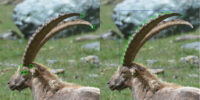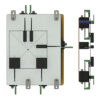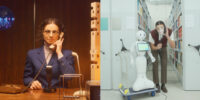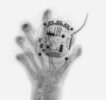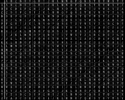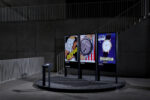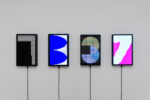A cooperation on the state of digitization
By University of Zurich and Museum für Gestaltung Zürich
“Digitization” originally referred just to the conversion of analogue information into digital data. But today it is clear that digitization is much more than a simple translation process, because it has given rise to a far-reaching transformation known as “digitalization” that is radically changing our world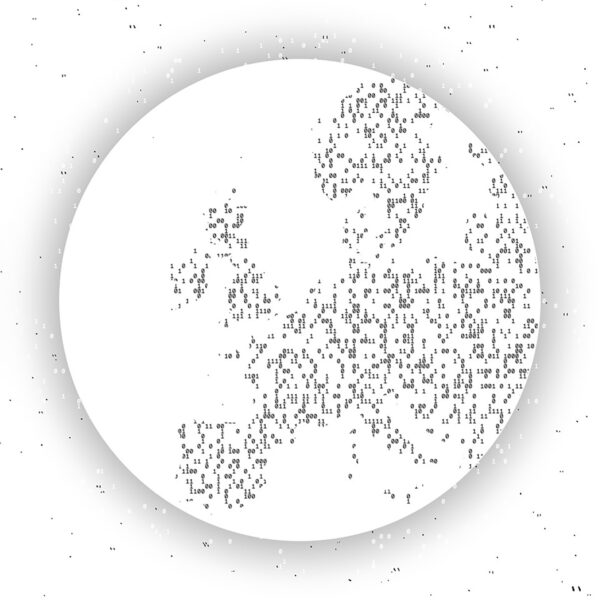 .
.
And yet, behind the cool façades of our data centers and the shiny surfaces of electronic devices there is also a great deal of misery, as day after day miners toil under precarious conditions to extract the rare natural materials and gold for our smartphones and computers
and the shiny surfaces of electronic devices there is also a great deal of misery, as day after day miners toil under precarious conditions to extract the rare natural materials and gold for our smartphones and computers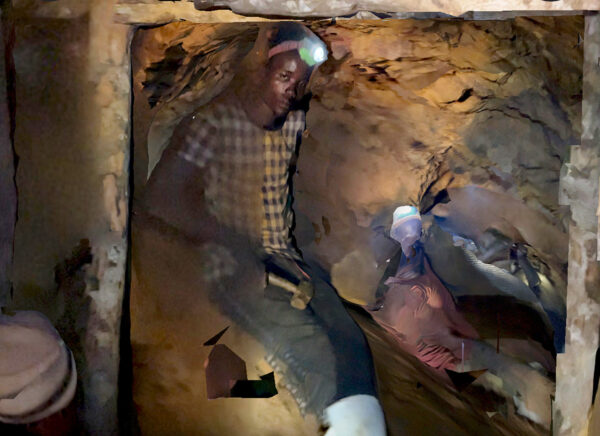 . To make matters worse, technologies are becoming obsolete
. To make matters worse, technologies are becoming obsolete faster and faster, and so electronic devices need to be replaced after only a few years of use. This leads to 54 million tons of e-waste
faster and faster, and so electronic devices need to be replaced after only a few years of use. This leads to 54 million tons of e-waste being generated every year, one indication of the enormous global material flow
being generated every year, one indication of the enormous global material flow that accompanies digitalization. At the same time, people are fusing more and more with computer hardware: input devices like the mouse
that accompanies digitalization. At the same time, people are fusing more and more with computer hardware: input devices like the mouse have long since become natural extensions of our bodies. Robotic technologies are conversely becoming increasingly life-like in terms of their motion capabilities and aesthetics, as demonstrated by art projects like PATHOS by Pors & Rao
have long since become natural extensions of our bodies. Robotic technologies are conversely becoming increasingly life-like in terms of their motion capabilities and aesthetics, as demonstrated by art projects like PATHOS by Pors & Rao . Their Being Kits enable not only a striking simulation of
. Their Being Kits enable not only a striking simulation of  underwater creatures
underwater creatures but also a visualization of the impact of text messaging and the internet on our daily language use.
but also a visualization of the impact of text messaging and the internet on our daily language use.
For the internet to function in the first place, the appropriate infrastructure is needed. A tightly meshed network of submarine cables ensures that we can stay online around the clock. Complex algorithms and encryption technologies
ensures that we can stay online around the clock. Complex algorithms and encryption technologies are required to make these communication channels secure – and algorithm-based decision-making systems
are required to make these communication channels secure – and algorithm-based decision-making systems are also being used today for granting loans or calculating insurance premiums. The tremendous amounts of data collected on each and every one of us naturally make us fear ever-greater surveillance
are also being used today for granting loans or calculating insurance premiums. The tremendous amounts of data collected on each and every one of us naturally make us fear ever-greater surveillance . Do you sometimes have the creepy feeling that a set of eyes
. Do you sometimes have the creepy feeling that a set of eyes is watching your every move?
is watching your every move?
Fortunately, not every form of surveillance is detrimental to us and our planet. Research satellites provide valuable information about changes in the climate and natural disasters, and animal ecologists use a combination of camera traps and machine learning applications
provide valuable information about changes in the climate and natural disasters, and animal ecologists use a combination of camera traps and machine learning applications to analyze image data and thus contribute to successful species conservation. Artificial intelligence has also arrived in the world of exhibitions and archives; in Planet Digital, for example, it automatically curates trios of related posters
to analyze image data and thus contribute to successful species conservation. Artificial intelligence has also arrived in the world of exhibitions and archives; in Planet Digital, for example, it automatically curates trios of related posters based on metadata.
based on metadata.
Furthermore, digital technologies enable new forms of immersive experience and perception. With computer games a novel form of interactive entertainment has emerged, and virtual reality headsets enable us to develop a new relationship with our own bodies
a novel form of interactive entertainment has emerged, and virtual reality headsets enable us to develop a new relationship with our own bodies . Thanks to digitally controlled implants, even those with hearing impairments can now hear voices
. Thanks to digitally controlled implants, even those with hearing impairments can now hear voices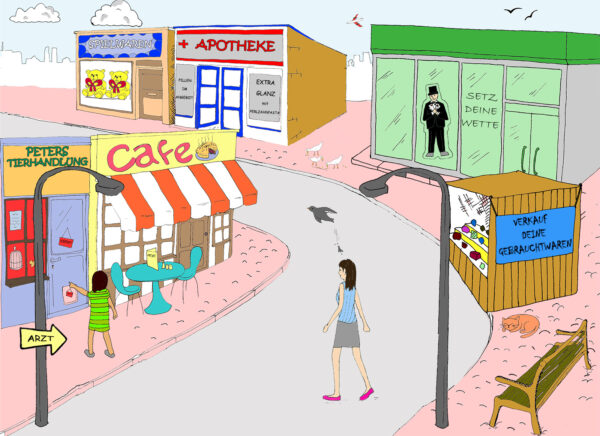 , while so-called “deep fakes”
, while so-called “deep fakes”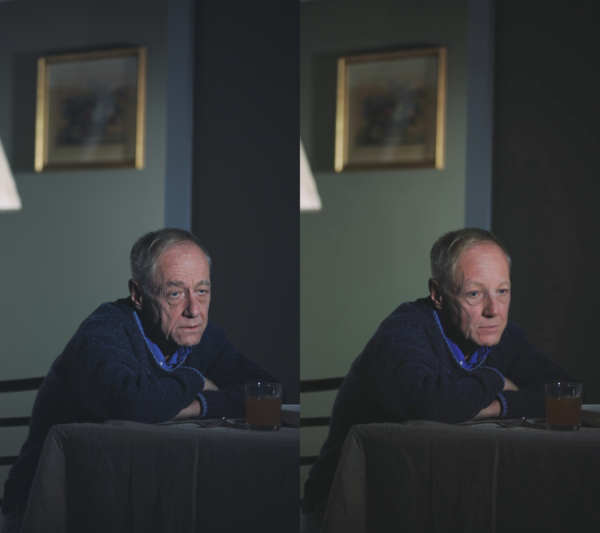 can project our own face onto other people’s bodies. More than just faking identities, though, computers can also identify real people: forensics today is capable of producing 3D scans of crime scenes, weapons, and victims
can project our own face onto other people’s bodies. More than just faking identities, though, computers can also identify real people: forensics today is capable of producing 3D scans of crime scenes, weapons, and victims to help solve crimes. New methods are also being implemented to combat phenomena such as hate speech on the internet
to help solve crimes. New methods are also being implemented to combat phenomena such as hate speech on the internet . Hate speech can be detected automatically thanks to artificial intelligence, leaving it up to us humans to provide an alternative with effective “counterspeech”.
. Hate speech can be detected automatically thanks to artificial intelligence, leaving it up to us humans to provide an alternative with effective “counterspeech”.
So much artificial creative power can quickly make you dizzy . When in doubt, perhaps religion can help: did you know that today you can have robots give you a blessing
. When in doubt, perhaps religion can help: did you know that today you can have robots give you a blessing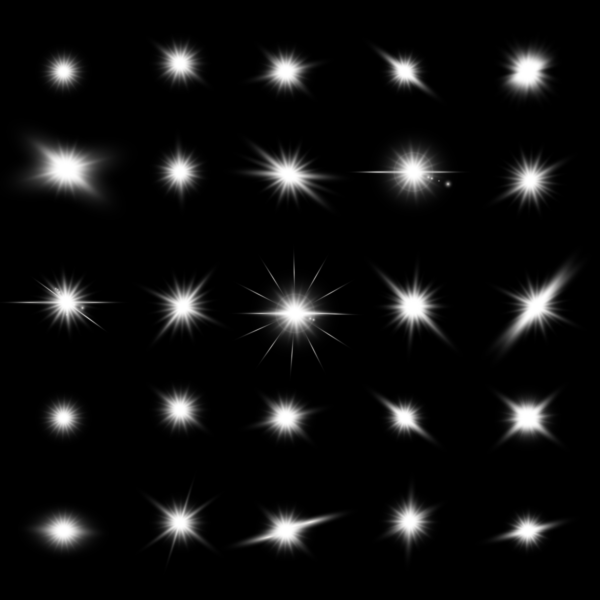 ?
?
Planet Digital – a handshake between science and design.
between science and design.
A cooperation on the state of the digitalization
By University of Zurich and Museum für Gestaltung Zürich, with Zürcher Hochschule der Künste ZHdK and Zürcher Hochschule für angewandte Wissenschaften ZHAW.
The exhibition was made possible by the Stiftung Mercator Schweiz and the Digitalisierungsinitiative der Zürcher Hochschulen DIZH and curated by the Graduate Campus of University of Zurich and the Museum für Gestaltung Zürich.
Digital publication made possible by: Georg and Bertha Schwyzer-Winiker Foundation
Editors: Dr. Katharina Weikl, Damian Fopp
Coordination: Sonja Gutknecht
Editing: Florian Ronc
Editorial collaboration: Manuel Kaufmann, Maya Ellerkmann
Design: Data-Orbit, Studio für Visuelle Kommunikation
Coding: Olivier Hug
Substitution Chiffre Application: Dr. Felix Fontein
Dr. Katharina Weikl, Leila Girschweiler, Anne-Christine Schindler, Manuel Kaufmann, Laurens Bohlen, Prof. Dr. Ulrike Müller-Böker, Graduate Campus, UZH, Dino Rossi, Dimitri Zehnder, Impact Acoustic, Prof. Dr. Daniel Wegmann, University of Fribourg
Léa Pereyre, Robotics Aesthetics & Usability Center, Autonomous Systems Lab, ETHZ, Claire Pondard, Dr. Dennis Hansen, Zoological Museum & Department of Evolutionary Biology and Environmental Studies, UZH
BeAnotherLab, Prof. Dr. Bigna Lenggenhager, Department of Psychology, UZH
Dr. Karina Frick, German Department, UZH / Section d’allemand, Université de Lausanne, Renan Rosatti, Fabian Harb, Dinamo, Basel
Aparna Rao, Søren Pors
Pors & Rao Studio + Robotics Aesthetics & Usability Center, ETHZ
Prof. Dr. Michael Latzer, Media Change & Innovation Division, Department of Communication and Media Research, University of Zurich, Jonas Voegeli, Visual Communication, ZHdK, Hubertus Design: Valentin Kaiser, Kerstin Landis, Nathan Meyer, Jonas Voegeli
Prof. Dr. Fabrizio Gilardi, Department of Political Science, UZH, Luke Franzke, Rebecca Morganti-Pfaffhauser, Interaction Design, ZHdK, Students, Interaction Design, ZHdK
Prof. Dr. Christoph Heitz, Corinna Hertweck, School of Engineering, ZHAW, Tobias Urech, Dr. Anna Mätzener, AlgorithmWatch Switzerland, Tristesse, Basel
Elisabeth Eberle, PD Dr. Konrad Weber, University Hospital Zurich
Dr. Luana Nyirö, Prof. Dr. Reto Sutter, University Hospital Balgrist
Museum für Gestaltung Zürich
Dr. Björn Franke, Paulina Zybinska, Nadine Cocina, Interaction Design, ZHdK
Gayatri Parameswaran, Felix Gaedtke, NowHere Media, Berlin, Dr. Lena Kaufmann, Department of History, UZH
Prof. Dr. Joachim Rosenthal, Institute of Mathematics, UZH, Dr. Felix Fontein, Jonas Voegeli, Visual Communication, ZHdK, Hubertus Design: Valentin Kaiser, Kerstin Landis, Nathan Meyer, Jonas Voegeli
Prof. Dr. Volker Dellwo, Department of Computational Linguistics & Linguistic Research Infrastructure, UZH, Andrew Clark, Linguistic Research Infrastructure, UZH, Dr. Claudia Roswandowitz , Department of Computational Linguistics, UZH, Dr. Thayabaran Kathiresan, Telepathy Labs, Zurich
Dr. Claudia Röösli, Dr. Valentina Tamburello, Isabelle Salomé Helfenstein, Department of Geography, UZH
Dr. Timothy Raeymaekers, Gabriel Kamundala, Department of Geography, UZH, Prof. Christian Iseli, Immersive Arts Space, ZHdK
Prof. Hannes Rickli, Institute for Contemporary Art Research, ZHdK
Andrea Helbling
Gregor Huber, New Media, ZHdK, Lukas Nyffenegger, Department of History, UZH, Ivan Sterzinger, Department of Psychology, UZH
Prof. Dr. Lorenz Hilty, Informatics and Sustainability, UZH
Prof. Dr. Monika Dommann, Department of History, UZH
Jürg Lehni
Dr. Till Sieberth, Dr. Lars Ebert, Erika Dobler, 3D-Zentrum Zürich, Institute of Forensic Medicine, UZH and Zurich Forensic Science Institute, Sandra Moser, Marina Klauser, Levin Vieth, Fabian Jaggi, Stefan Jäger, Departement of Performing Arts and Film, ZHdK
Maike Thies, Game Design, ZHdK, Dr. Hiloko Kato, German Department, UZH
EPFL + ECAL Lab, École Cantonale d’Art de Lausanne, Museum für Gestaltung Zürich
Jürg Lehni
Prof. Dr. Thomas Schlag, PD Dr. Sabrina Müller, URPP “Digital Religion(s)”, Faculty of Theology, UZH, Prof. Dr. Ilona Nord and Team, Julius-Maximilians-Universität Würzburg, Prof. Dr. Jörn Hurtienne and Team, Julius-Maximilians-Universität Würzburg
AATB: Andrea Anner & Thibault Brevet
